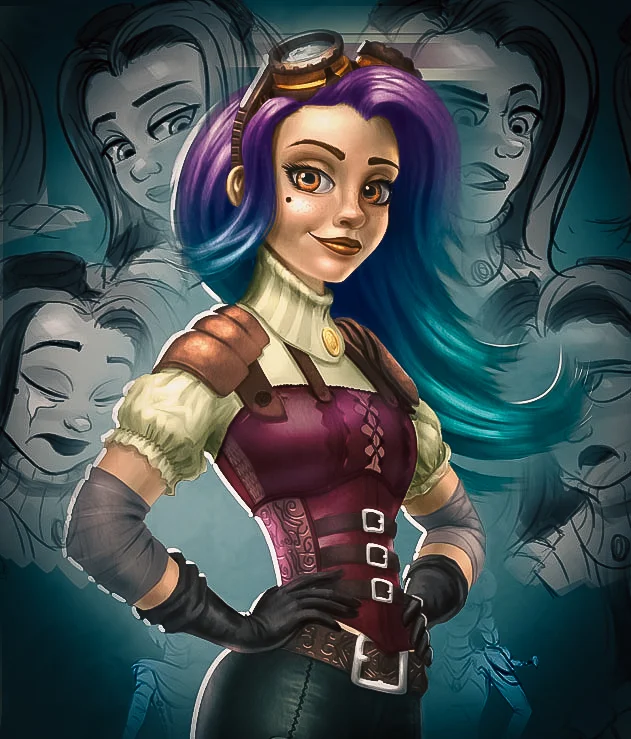 Image: Apple Vision Pro (Wikipedia)
Image: Apple Vision Pro (Wikipedia)
Author: VANAS
What Happened to Apple's Vision Pro
Table of Contents
- What Happened?
- Why Did the Vision Pro Face Challenges?
- The Impact on the Animation Industry
- Lessons for Aspiring Animators
- Frequently Asked Questions
What Happened?
Apple's Vision Pro, a groundbreaking headset launched with great excitement, has faced a surprising turn of events. Originally expected to revolutionize augmented reality (AR) and virtual reality (VR), production of the device has now been reduced significantly, with reports suggesting Apple may halt production entirely by the end of 2024.
Citing weak demand, Apple scaled back production as early as mid-2023. Factories have slowed or even stopped making components, leaving warehouses with thousands of undelivered parts. Currently, only around 1,000 units are being assembled daily, down from the peak production rate.
Why Did the Vision Pro Face Challenges?
Despite its innovative features, the Vision Pro encountered several roadblocks:
1. High Price Tag
The Vision Pro’s hefty price made it inaccessible to a wider audience, limiting its appeal. Many potential buyers likely couldn’t justify the cost, especially with competing devices offering similar experiences at lower prices.
2. Insufficient Content
For AR and VR devices, content is king. The Vision Pro lacked a robust library of immersive apps and games, making it harder for users to see its value. Animation and gaming content, for example, were limited, leaving creators and consumers underwhelmed.
3. Supply Chain Challenges
Apple produced enough components for nearly 600,000 headsets but faced warehouses filled with unused parts. These excess materials highlight mismatched sales expectations versus actual demand.
The Impact on the Animation Industry
Apple’s Vision Pro challenges offer some fascinating insights for animators and content creators. Animation plays a vital role in AR and VR experiences, from creating lifelike avatars to immersive environments.
Opportunities for Animators
While the Vision Pro struggled, the demand for compelling AR/VR content is only growing. Animators have the chance to step in and create the next wave of engaging experiences. Virtual worlds, animated characters, and dynamic visual effects are essential for these platforms to thrive.
Learning from Setbacks
The animation industry can draw inspiration from Apple’s willingness to pivot. By temporarily halting work on the Vision Pro’s second generation, Apple plans to focus on a lower-cost headset, hoping to reach a broader audience. Similarly, animators can adapt their creative processes based on audience feedback.
"Failure is simply the opportunity to begin again, this time more intelligently," as Henry Ford once said. Animators must embrace challenges as a chance to innovate.
Lessons for Aspiring Animators
1. Content is King
No matter how advanced the technology, it’s the stories, visuals, and experiences that captivate audiences. Animators are at the forefront of creating these compelling narratives.
2. Stay Adaptable
The tech and animation industries evolve rapidly. Whether it’s learning new tools, exploring VR animation, or experimenting with AI-generated art, staying flexible is crucial.
3. Collaboration is Key
Apple’s Vision Pro highlights the importance of teamwork between tech developers, animators, and content creators. By joining forces, they can deliver experiences that truly wow audiences.
4. Education Matters
The animation world needs skilled professionals who can bring creative visions to life. At VANAS Online Animation School, you can learn Animation, Visual Effects, and Video Game design to help you stand out in this competitive field. Launch your career with VANAS today!
Frequently Asked Questions
How can animators benefit from VR and AR technologies?
- VR and AR open up new creative avenues for animators to design interactive experiences, virtual characters, and immersive storytelling environments.
Why is Animation crucial for AR and VR?
- Animation breathes life into virtual worlds. From character movements to environmental effects, animation is what makes AR and VR feel real and engaging.
What are the career opportunities for animators in AR/VR?
- Animators can work as character designers, environment creators, or even game developers for AR/VR platforms. There’s a growing need for artists who can craft immersive digital experiences.
Where can I learn Animation for AR/VR?
- Check out VANAS Online Animation School for comprehensive programs in Animation, Visual Effects, and Video Game design. Visit https://www.vanas.ca to get started.
What’s next for the animation industry in AR/VR?
- As technology improves and becomes more affordable, the demand for creative, high-quality content will continue to grow. Animators have an exciting role to play in shaping this future.
Animation is a field that thrives on creativity, adaptability, and technological innovation. Apple’s Vision Pro journey reminds us that even setbacks can offer valuable lessons. As the AR and VR landscape evolves, animators have the power to create content that captivates and inspires audiences worldwide.
VANAS Online Animation School offers Animation, Visual Effects, and Video Game programs. To launch your career, visit https://www.vanas.ca today!







